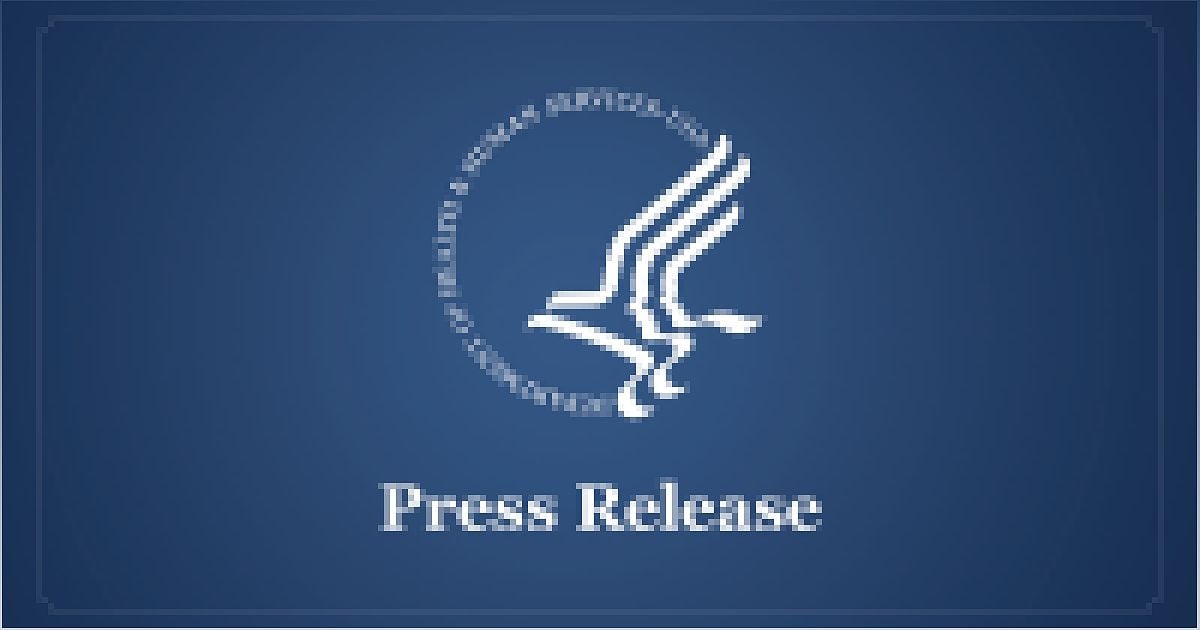Latest Data Shows Remarkable Progress in HIV Treatment and Suppression
In commemoration of World AIDS Day, I am thrilled to share the latest data from the U.S. Department of Health and Human Services (HHS) that showcases the remarkable progress in HIV treatment and suppression. The data, released by the Health Resources and Services Administration (HRSA), reveals that nine out of ten people with HIV receiving medical care through the Ryan White HIV/AIDS Program are virally suppressed. This means that they can live longer, healthier lives and cannot sexually transmit HIV. Join me as we delve into the details of this significant achievement and the vital role of the Ryan White HIV/AIDS Program in expanding access to care, improving health outcomes, and ultimately ending the HIV epidemic in the United States.
The Impact of the Ryan White HIV/AIDS Program
Learn about the significant impact of the Ryan White HIV/AIDS Program in expanding access to care and improving health outcomes.
The Ryan White HIV/AIDS Program has played a vital role in expanding access to care for individuals with HIV and improving health outcomes. Through this program, nearly 560,000 people with HIV in the U.S. have received life-saving care, medication, and essential support services.

One of the most remarkable achievements is the high rate of viral suppression among clients receiving HIV medical care through the program. In 2022, nine out of ten clients were virally suppressed, meaning they cannot sexually transmit HIV and can live longer, healthier lives.
This achievement is even more significant when we look at specific client groups. The percentage of Black/African American clients, Hispanic/Latino clients, and youth and young adult clients achieving viral suppression far exceeds the overall national rates. For example, over 87% of Black/African American clients and over 91% of Hispanic/Latino clients were virally suppressed in 2022.
These data highlight the immense impact of the Ryan White HIV/AIDS Program in improving health outcomes and reducing disparities among different populations. It is a testament to the program’s dedication to tailoring approaches and addressing factors that directly affect clients’ ability to enter and stay in care.
Expanding Access to Care and Treatment
Discover how the Ryan White HIV/AIDS Program has expanded access to care and treatment services for low-income individuals with HIV.
The Ryan White HIV/AIDS Program is committed to providing care and treatment services to low-income individuals with HIV. It focuses on tailoring approaches to meet the needs of high-need communities and addressing factors like access to housing and transportation that directly impact clients’ ability to enter and stay in care.
One of the key initiatives in expanding access to care is the federal Ending the HIV Epidemic in the U.S. (EHE) initiative. This initiative builds upon the work of the Ryan White HIV/AIDS Program to reach people newly diagnosed with HIV and those who are out of care. It aims to enhance linkage to and engagement in care, decrease disparities, and improve viral suppression rates.
However, it is important to note that the Appropriations Committee in the House of Representatives recently proposed eliminating funding for the EHE initiative. Sustained investments in HIV care, prevention, and treatment activities are crucial to continue expanding access to care and ultimately ending the HIV epidemic in the U.S.
Progress Among Specific Populations
Explore the progress made in achieving viral suppression among specific populations, including Black/African American clients, Hispanic/Latino clients, and youth and young adults.
The latest data from the Ryan White HIV/AIDS Program highlights significant progress in achieving viral suppression among specific populations. In 2022, over 87% of Black/African American clients and over 91% of Hispanic/Latino clients receiving HIV medical care were virally suppressed.
This represents a substantial increase from 2010 when viral suppression rates were 63% for Black/African American clients and 74% for Hispanic/Latino clients. These achievements demonstrate the effectiveness of tailored approaches and targeted interventions in reducing disparities and improving health outcomes among these populations.
Additionally, among youth and young adult clients aged 13 to 24 years, nearly 84% receiving HIV medical care achieved viral suppression in 2022. This is a significant increase from 47% in 2010 and highlights the importance of early diagnosis, engagement in care, and adherence to medication for this age group.
The Role of the Ryan White HIV/AIDS Program
Learn about the vital role of the Ryan White HIV/AIDS Program in expanding access to care, improving health outcomes, and ending the HIV epidemic.
The Ryan White HIV/AIDS Program has been instrumental in expanding access to care for individuals with HIV, improving health outcomes, and working towards ending the HIV epidemic in the United States.
With a strong focus on tailoring approaches to meet the needs of high-need communities, the program addresses factors like access to housing and transportation that directly impact clients’ ability to enter and stay in care.
Through its various parts, including Part A, Part B, Part C, Part D, and Part F, the program supports recipients that address the epidemic in communities most severely affected by HIV. It also focuses on HIV workforce education and training, oral health care, improving access to HIV care and health outcomes for minorities, and other innovative models of HIV care and treatment.
However, the Ryan White HIV/AIDS Program and the work it does are not without challenges. Sustained investments and support are crucial to continue this critical fight against HIV and ensure that individuals with HIV have access to the care and treatment they need.
